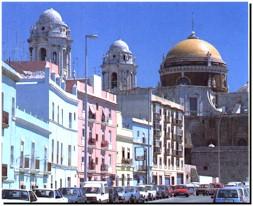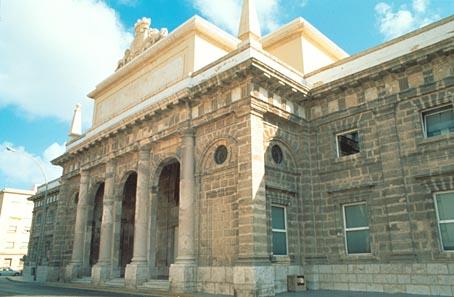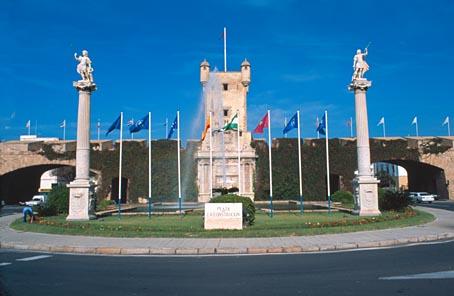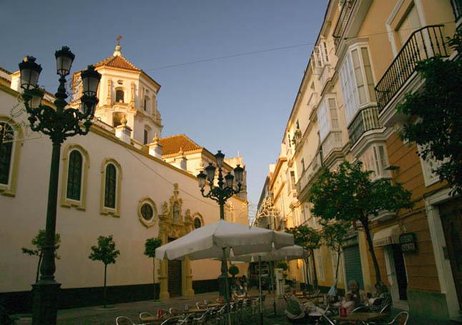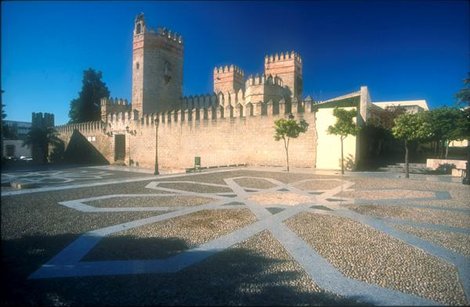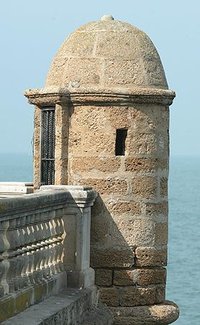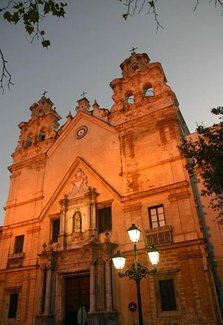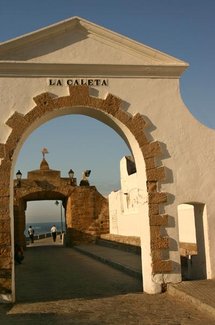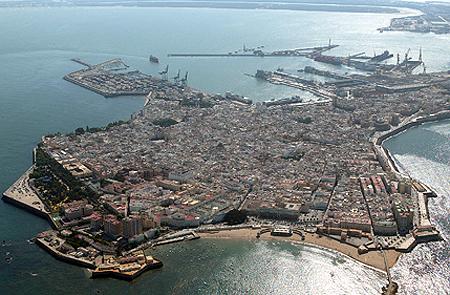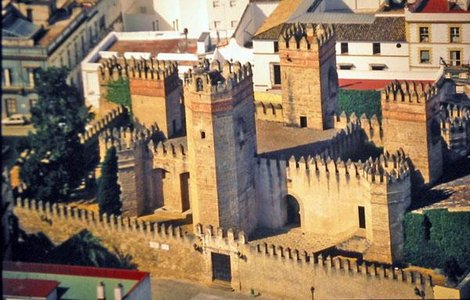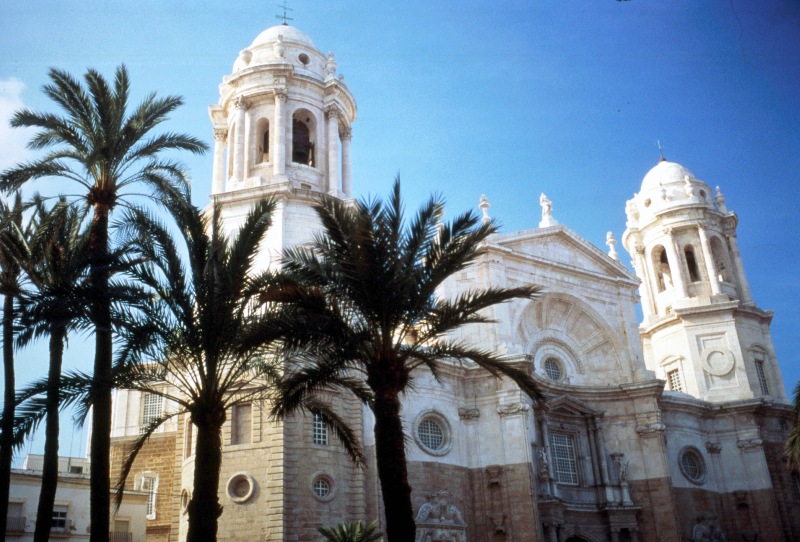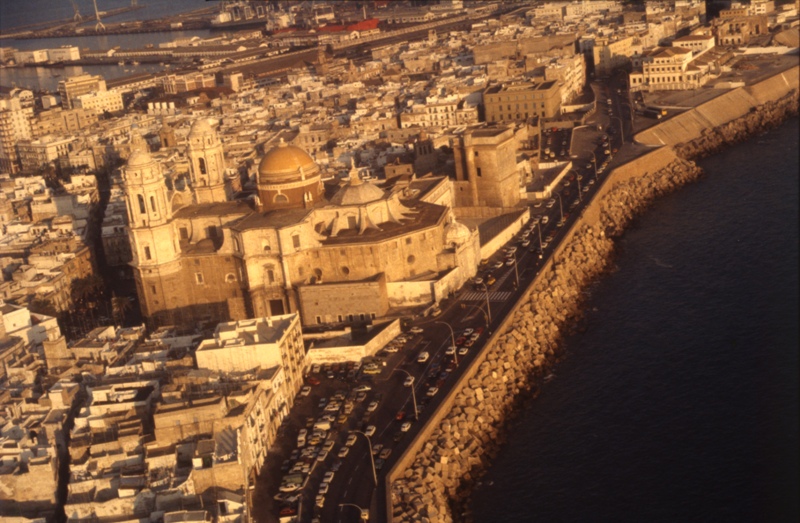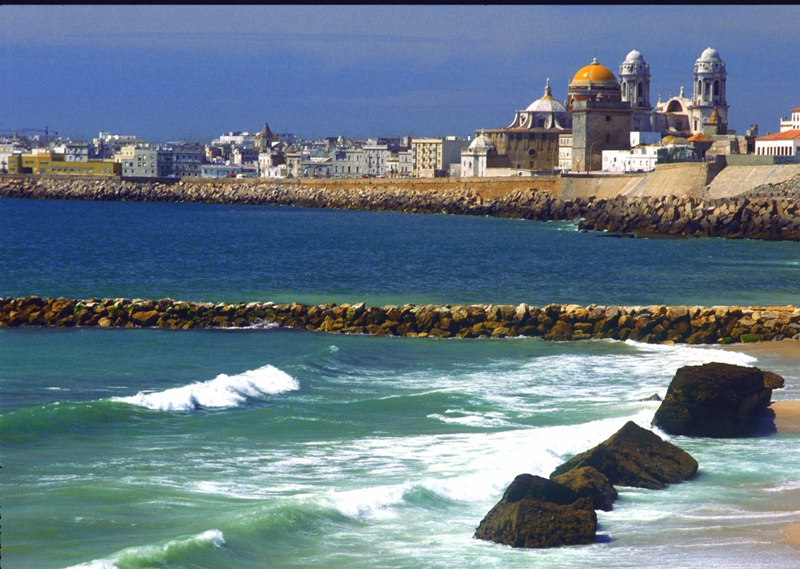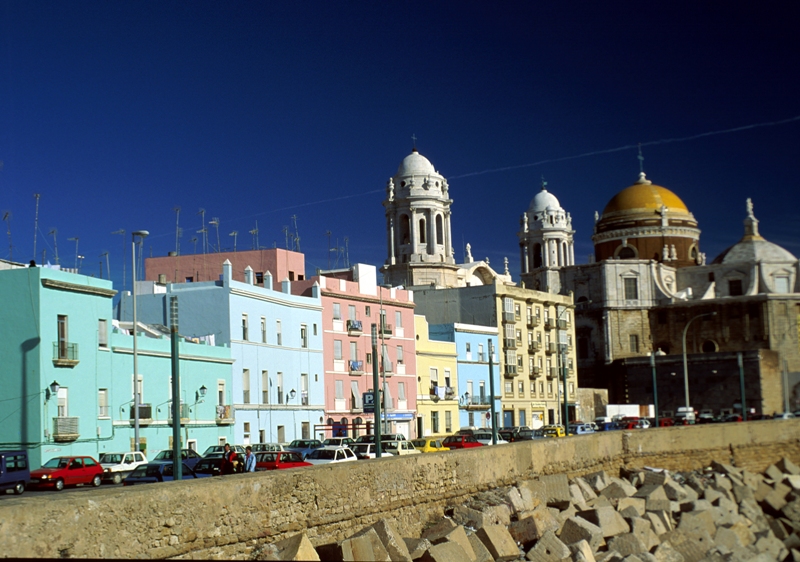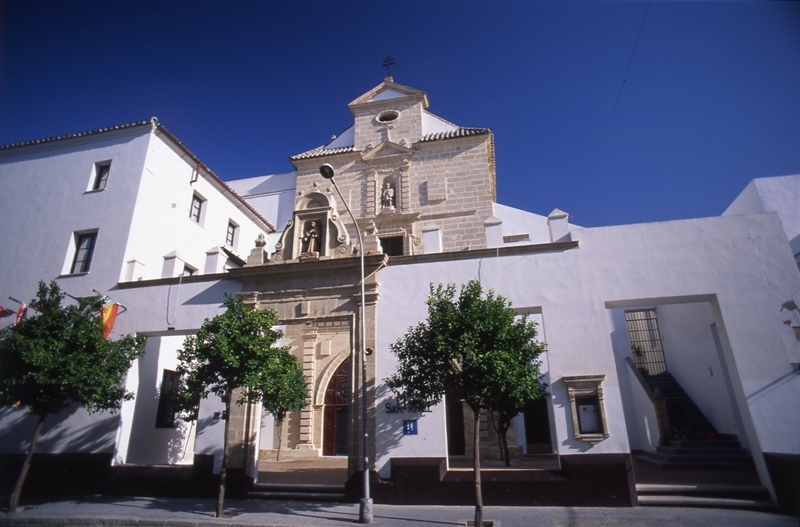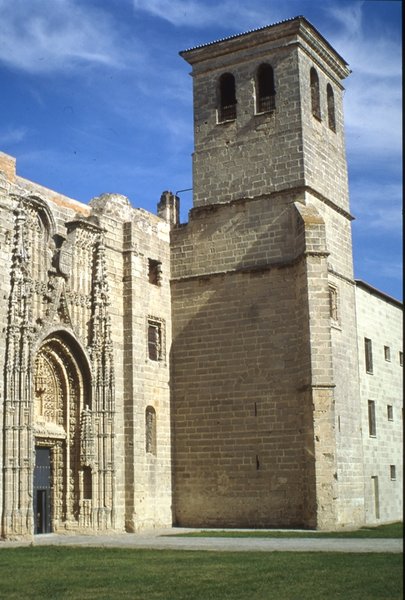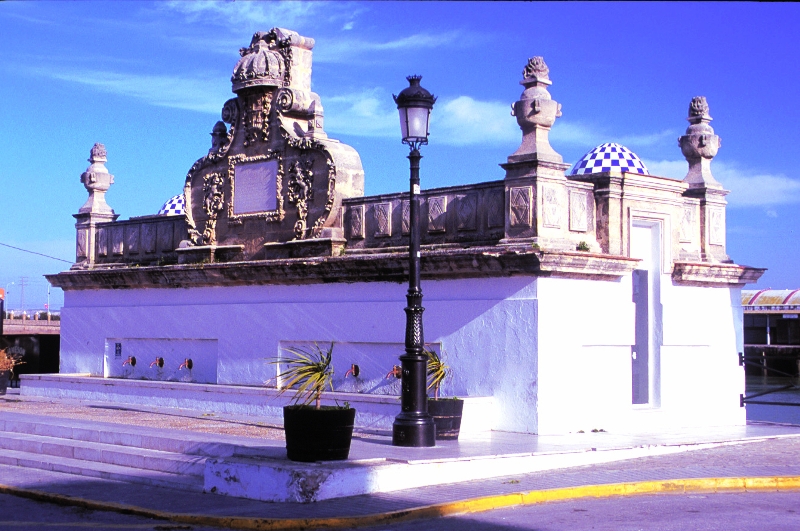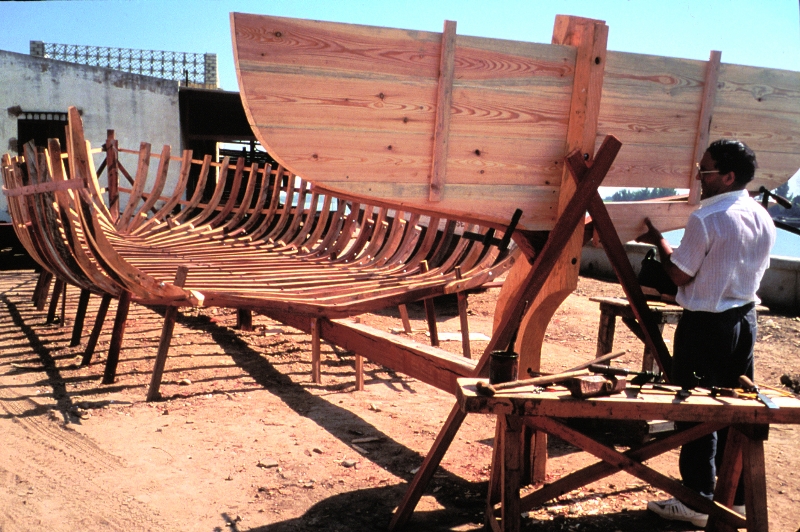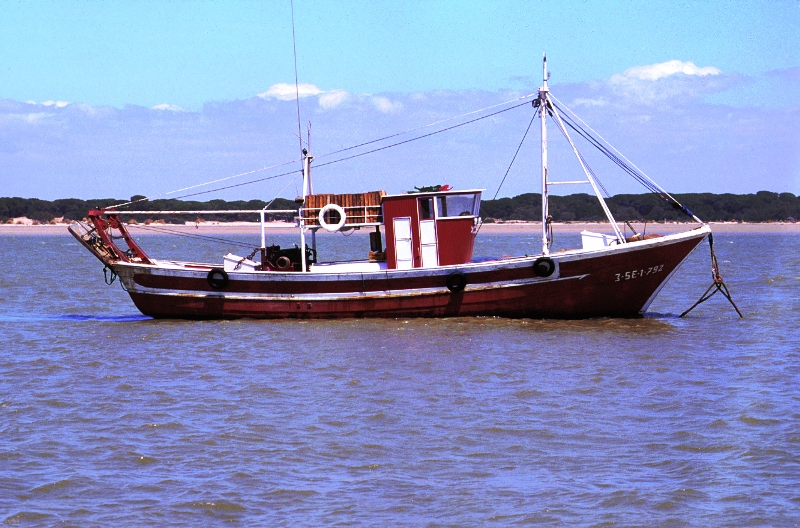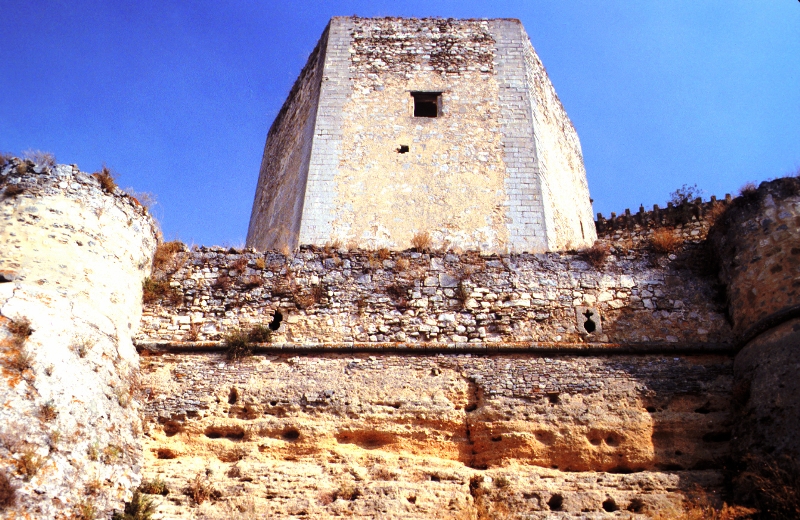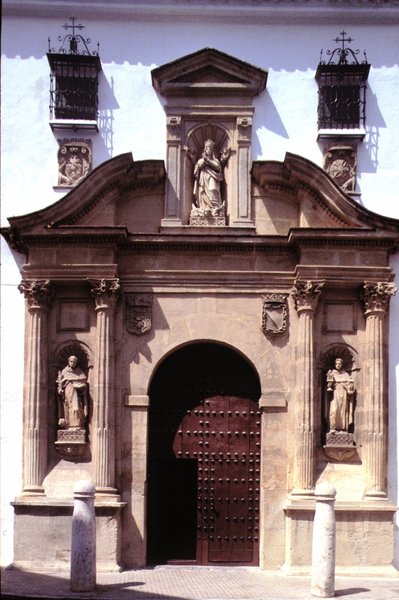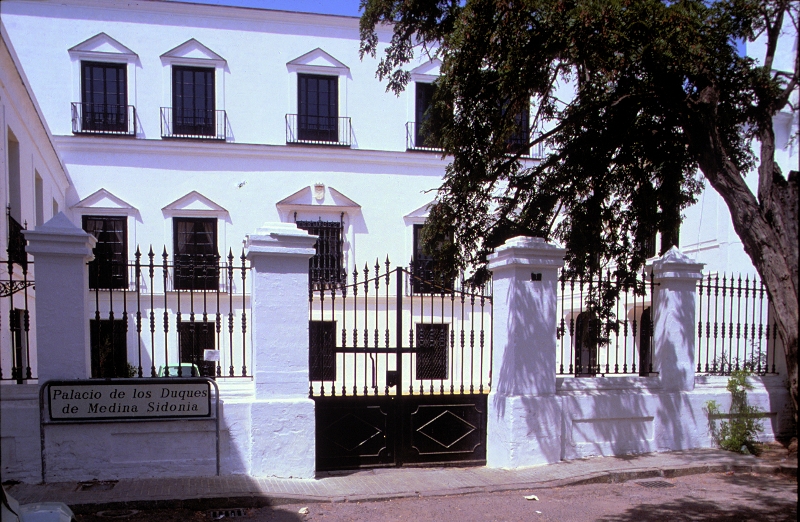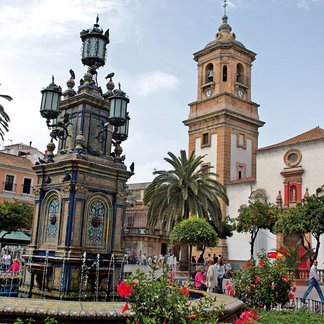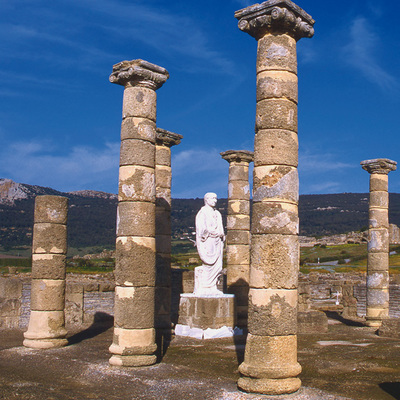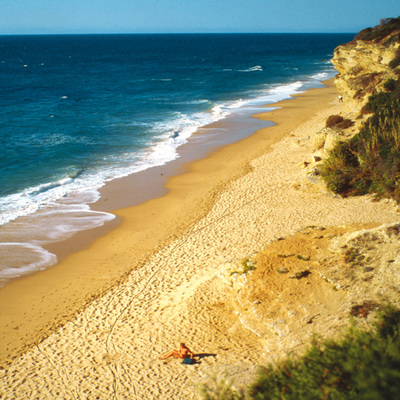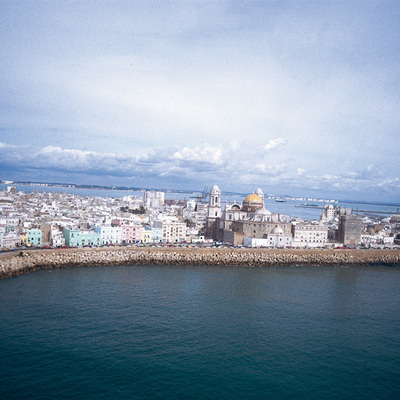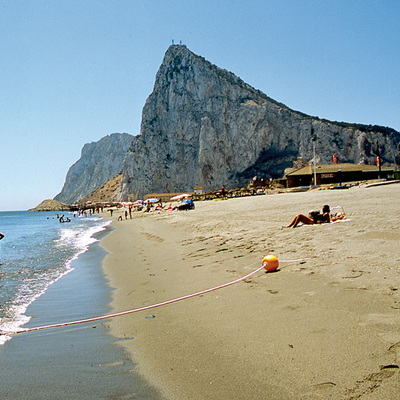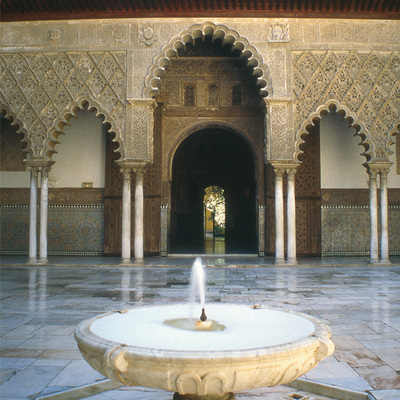Los puertos del Atlántico. Cádiz
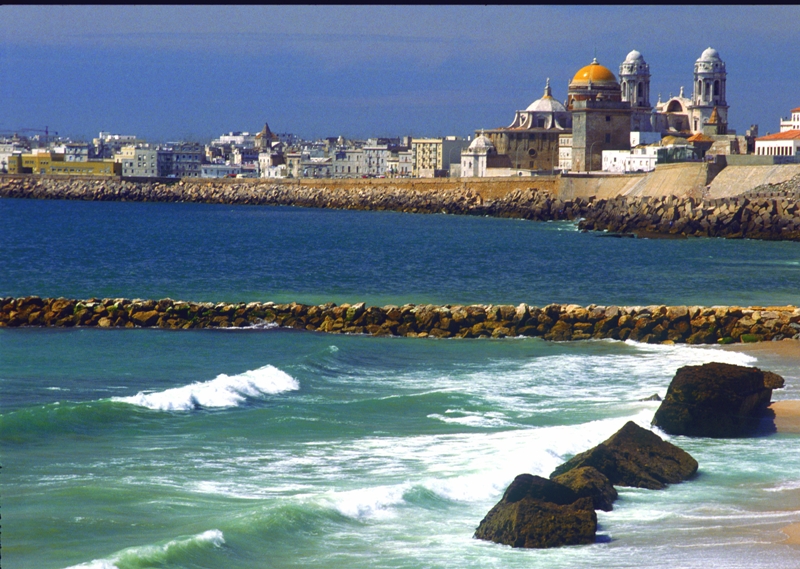
The cities of the province of Cádiz are endowed with many buildings connected with the Route to the Indies (as the newly discovered lands were first called).
These were a result of its activities from the very first moments of the Discovery, and from the hegemony of Cádiz from the 17th Century onwards in exchanges with America.
Sanlúcar de Barrameda, at the mouth of the Guadalquivir River, became a communications nucleus fundamental in controlling the shipping of the port of Seville. Cádiz and Puerto de Santa María became trading emporiums in the 18th Century, when trade with America was centralised on the Bay of Cádiz. Fruit and reflection of this activity are the trading houses, fortifications and religious foundations that remain to the present day.
Sanlúcar de Barrameda is steeped in the characteristic Atlantic flavour. In the Barrio Alto stands the Castle of Santiago (15th C.), a military stronghold which protects the port, dominating the city with its presence and serving as a privileged vantage point. Nearby is the Palacio de Medina Sidonia (14th-19th C.), residence of the Dukes of Medina Sidonia, the lords of the town during its greatest moments.
In the Barrio Bajo, a trading, seafaring quarter, historic areas of the market can still be made out, such as the Calle Bretones, and several trading houses, such as the Casa Arizón (18th C.), a perfect example of the residence of a merchant involved in trade with America: a house with a patio, chapel, warehouse and look out tower to watch for the arrival of the fleets. Amongst the religious foundations, the most renowned are the Convents of Madre de Dios, la Victoria, San Francisco and Santo Domingo.
In Puerto de Santa María, there are early indications of the influence of the emigrants returning from America in its Castle of San Marcos (13th C.), a fortified church built upon a mosque. Legend has it that Columbus lodged here when he came to the port in order to put his proposals to the Dukes of Medinaceli.
The Monastery of la Victoria (16th C.) was founded by Bernard Boil, considered to be the first apostle of the New World. In the 17th and 18th Centuries, civic buildings abounded, such as the Fuente de las Galeras, the Real Aduana (the Royal Customs House), and many trading houses dotted the town, such as the Houses of Vizarrón, Rivas, Araníbar, Valdivieso, Roque Aguado and the Palacio de Villarreal.
Cádiz, the capital of the Atlantic ports in the 18th Century, acquires a landscape characterised by castles and bastions (17th-18th C.), which encircle the city, and a wealth of watch towers (17th-18th C.), which make for a singular horizon. Cádiz would come to possess 160 of these vantage points, from which the ships could be seen arriving from America.
Institutional buildings such as the Real Aduana, Casa de Contratación (Chamber of Commerce, in c/ San Francisco), the Consulate of Merchants of the Indias (in c/ Rubio y Díaz) and the Casa de los Cinco Gremios Mayores de Madrid (The House of the Five Major Guilds of Madrid, in c/ Ancha), all dating back to the 18th Century, stand in testimony of an age in which galleons and sailing ships crowded the harbour.
Amongst the religious buildings, the most outstanding are the Convent of Santo Domingo and the Church of El Rosario (17th-18th C.), whose virgin is the patron saint of the city and of the Route to the Indies. (An image of her called La Galeona sailed the seas with the fleet to lend them her protection.). The monumental Cathedral (18th C.), financed by the riches brought from overseas. The Church of El Carmen, an example of the Latin American colonial style. And the Oratory of San Felipe Neri, where the Liberal Constitution of 1812 was promulgated, marking a decisive event in the evolution of Latin American politics.
To this we must also add the wealth of the civic Baroque architecture of Cádiz, which, in most cases, belonged to the traders or officers of the fleet. Casa del Almirante (17th Century, Plaza San Juan de Dios), Casa de las Cadenas, Casa de las Cuatro Torres (a typical example of a Cádiz building), the houses of El Gas (c/ Sopranis), the house of Tavira (c/ Marqués del Real Tesoro), with the highest lookout tower, and the house of Estopiñan.

